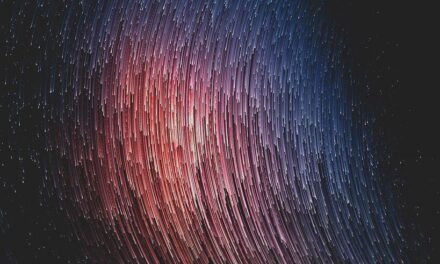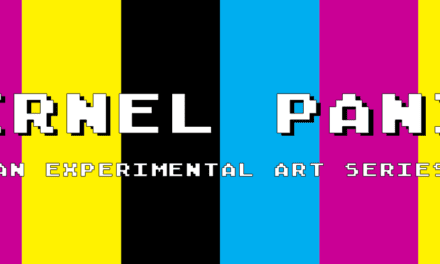Art collectors entering the digital art world are finding artists on Twitter, SuperRare, Exchange and other marketplaces are using new tool and new techniques to create their work. ‘Glitching’ is one of the more widely adopted techniques. But what is glitch art?
Before we can answer that we have to look at what defines this new digital art movement. Is it classic paint techniques but with digital brushes, or is it new elements that could only be created on a computer? It’s really both.
The first “glitch” as visual art is probably the film A Colour Box by Len Lye in 1935.
More experienced artists are finding a happy middle groud where they’re composing their pieces with more traditional compositions but mixing in some digital flavor. For example, one of the leading artists today who has developed a signature style is Jack Kaido. At first glance, some of his ‘best’ pieces look like abstract paintings, but upon further examination exhibit tasteful and subtle glitch strokes mixed in.
According to Wikipedia, glitch art is, “the practice of using digital or analog errors for aesthetic purposes by either corrupting digital data or physically manipulating electronic devices.”

Rekt by Jack Kaido






The upside of glitch codes and tools is they do most of the work for the artist, much like AI art. The ‘true’ artists treat glitching like a tool in their tool box that is applied with some technique and thought (like Jack Kaido), but isn’t the main focus of the piece. A popular tool for glitching is MadPixelSort that is a standalone app that handles much of the workload. The artists simply uploads an image, changes some settings and then let’s the app do it’s thing aka ‘sorting’ the image.
The six images above are from an artists named Leisure Wolf. I discovered LW in a /glitch forum on Reddit. Leisure Wolf used MadPixelSort to render the images above.
The month of October is #glitchtober in the digital art community. Artists are sharing their tips and tricks for glitch art. In my opinion as an artist and collector I’m a fan of glitching and any other digital tools, but that’s all they are—tools. They sit in the tool box with all the other brushes, blenders, pixelators, erasers and all the other items at the artists’ disposal needed to tell their story.
It appears this particular technique will be around for a while. As the digital art movement continues to take shape I think we’ll see more and more of the glitch technique, however, if it gets overused it’ll be like peeing in the pool. We don’t want to take a good thing and then ruin it because of how easy and awesome it is.




